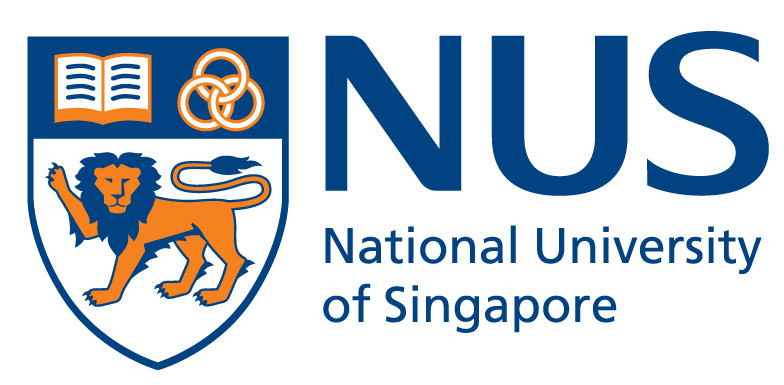NUS Medicine researchers unlock the potential of genetic glycoengineering to advance vaccines and therapeutics technology
Published: 16 Oct 2023

The pathways of bacterial capsular polysaccharide (CPS) is being modified to create a new glycoengineering platform, which has the ability to produce customised glycans for organ transplants and blood transfusions. Photo Credit: Yong Loo Lin School of Medicine, NUS
A novel glycoengineering platform, created by the laboratory of Assistant Professor Chris Lok-To Sham from the Yong Loo Lin School of Medicine, National University of Singapore (NUS Medicine), is poised to revolutionise future production of vaccines and therapeutics to fight infectious diseases.
Glycoengineering aims to manipulate sugars to produce useful carbohydrates. This innovative platform simplifies the customising and production of sugar carbohydrates known as glycans that plays a crucial role in various therapeutic applications.
Sugar-adding enzymes called glycosyltransferases (GTs) produce glycans and control the structural diversity of glycans. The team found that the capsular polysaccharide (CPS), the sugar layer which encases many bacteria have extreme diversity, where its enzymes can be exploited to build many customised glycans.
“These enzymes are like Lego. The more types of Lego bricks you have, the more unique types of glycans you can build,” explained Asst Prof Chris Sham from the Department of Microbiology and Immunology at NUS Medicine.
Armed with this knowledge, Asst Prof Chris Sham and his graduate student Su Tong from the Department of Microbiology and Immunology, together with their team from the Infectious Diseases Translational Research Programme at NUS Medicine, took advantage of the diverse pathways of the bacterial CPS and the ease of modifying its pathways to create this novel glycoengineering platform. This platform provides increased versatility in modifying GTs, facilitating the engineering of newly-customised glycans.
Customised glycans, essential for diverse therapeutic applications, requires a versatile platform capable of the insertion, deletion, substitution and general modification of glycan linkages. The team found that by relaxing the specificity of the precursor transporters, they could broaden the range of residues entering the cytoplasm. This innovation enables the production of customised glycans with unprecedented flexibility.
To date, the team has already celebrated significant achievements, including the successful synthesis of clinically relevant glycans such as the Galili antigen, blood group antigens and Lewis antigens. These glycans can contribute to positive outcomes in the areas of organ transplants and blood transfusion when antibody rejection occurs in situations where the patient’s blood group is incompatible with the donor, resulting in severe inflammation and cell death.
Read the media release here.

